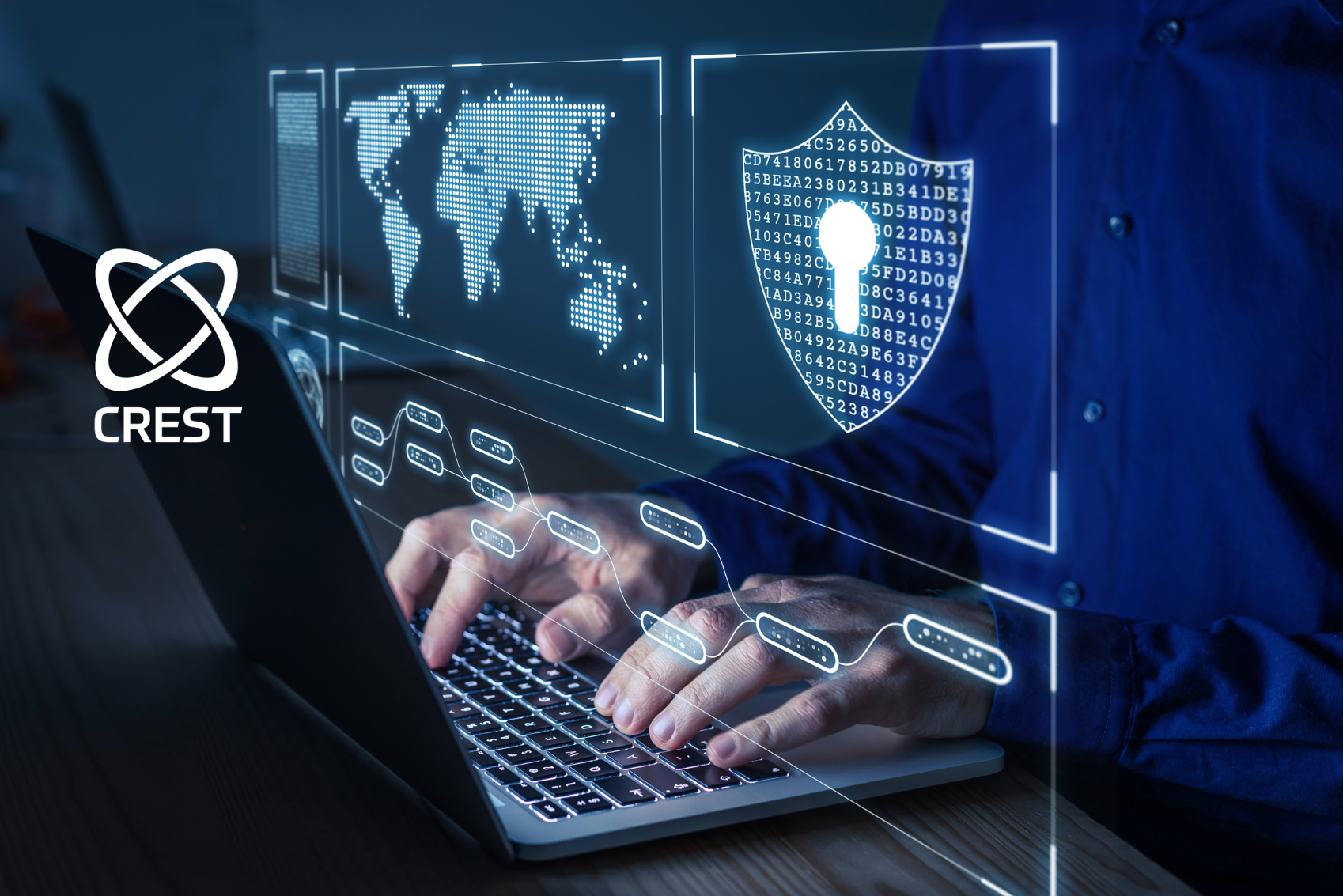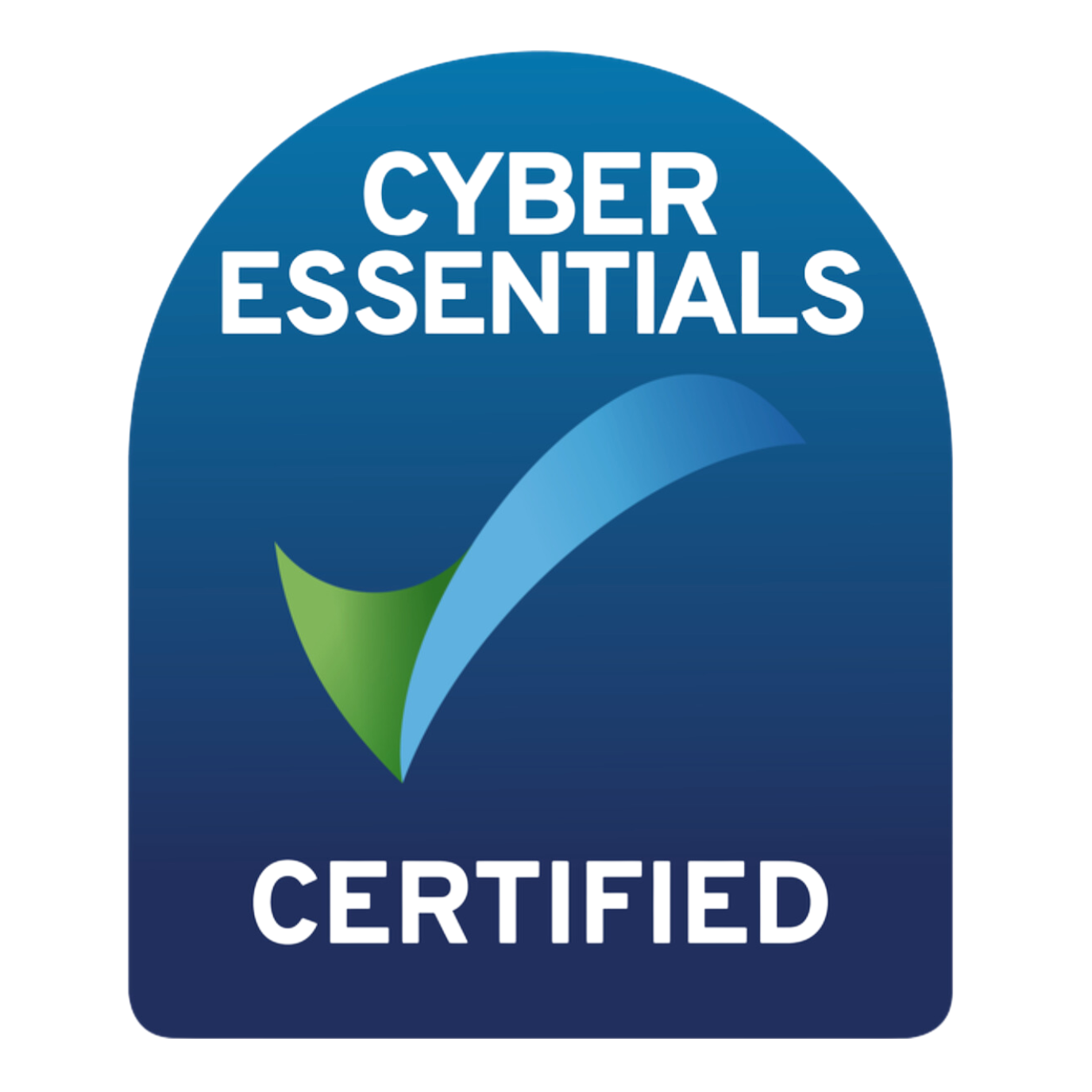If you’ve been in the cyber security industry for more than 20 years, you can probably remember the days of basic anti-virus (AV), whether it was installed on your home computer or across multiple screens at the office. A lot has changed over the last 10 years with the development of endpoint protection and the fact that legacy AV approaching redundancy.
In today’s busy world, the many devices we use daily put us all at a greater risk of being breached, due to the number of applications and devices simultaneously connected. This is true for a lot of companies, especially SMEs who use laptops, phones, and tablets daily.
Why Endpoint Protection is now a must-have for your SME?
Traditional AV has been the cornerstone of cybersecurity for decades both in the home and in business. These solutions primarily focused on detecting and removing known malware based on signatures. However, the cyber threat landscape has evolved dramatically, rendering these solutions less effective for several reasons.
AV is inherently reactive, which means it relies heavily on known virus signatures to identify threats. This approach is less effective against zero-day exploits and sophisticated malware variants that can and often do, evade signature-based detection.
With traditional AV, there is a lack of Behavioural analysis, meaning traditional AV does not adequately analyze the behaviour of applications and files, making it difficult to identify and block ransomware and advanced persistent threats (APTs) that exhibit novel behaviours. As we know, threat actors are becoming extremely proficient with their attacks, basic AV software won’t keep up.
AV has trouble keeping up with sophisticated phishing threats as AV traditionally operates by detecting known malware based on signatures or patterns. However, phishing attacks in 2024, which often involve deceiving individuals into divulging sensitive information, exploit human vulnerabilities rather than software vulnerabilities. These attacks are frequently orchestrated through emails or fraudulent websites that mimic legitimate ones, making them difficult for AV programs to identify and block effectively. Phishing attacks have evolved to be highly sophisticated, often bypassing traditional detection methods by using social engineering tactics that prey on users' trust and urgency, making AV software alone insufficient for protection.
One of the main reasons why has limitations with signature-based detection is the fact that detection works by comparing the code of software or files against a database of known threats. While effective against known malware, this approach struggles to identify new or evolving threats that have not yet been catalogued. Cybercriminals continuously develop new malware variants, often employing polymorphic or metamorphic techniques to alter the malware's signature, rendering signature-based antivirus tools less effective and necessitating additional layers of security.
There are also challenges with browser-based exploits when it comes to traditional AV. Browser-based exploits target vulnerabilities within web browsers, exploiting flaws to execute malicious code without the need for user interaction beyond visiting a compromised website. These exploits can bypass antivirus software because they exploit the very tools used to access the internet, often using vulnerabilities that have not yet been patched. Since browsers are ubiquitous and frequently updated, maintaining security against these types of attacks requires more than just antivirus solutions; it requires regular updates and patches to the browsers themselves, along with smart browsing habits.
The effectiveness of antivirus software is also undermined by unmonitored alerts. Many users become desensitised to the frequent notifications and warnings generated by their antivirus, leading to important alerts being ignored or dismissed without proper investigation. This complacency can allow undetected malware to persist and operate within a system, undermining the security posture. Effective cybersecurity measures require not only the deployment of antivirus software but also active monitoring and response to the alerts it generates, ensuring that potential threats are addressed promptly.
The AV Veteran: A Familiar Friend
For a long time now, AV programs have been looking out for our digital safety, but in modern times, SMEs in particular, need more protection.
The Limitations of AV:
AV tools have played an important for computer security and they've got some weak spots that can leave us open to newer dangers online.
- Behind the Times, AV works by spotting threats it's seen before, so it's not great at stopping new ones that haven't been caught yet.
- Struggling with ZeroDay Threats, Regular AV software can't always catch the newest threats like zero-day attacks and fresh types of malware.
- Limited Scope, Oldschool AV usually just hunts for malware. It's not great at guarding you against other dangers, such as phishing or someone trying to sneak into your system.
The Rise of Sophisticated Threats
A study from Cybersecurity Ventures estimates that by 2025, cybercrime will cost us an eye-watering $10.5 trillion every year [1]. This scary number shines a light on the constant dangers lurking around thanks to hackers who continue to develop new and complex threats.
These days, cybercriminals are always creating new and complex forms of harmful software.
Simple computer viruses that used to just mess with our systems are old news. We're up against zero-day attacks that use security holes nobody knows about yet, and fileless malware that's hard to catch because it doesn't leave the usual signs behind.
The Dawn of Endpoint Security: A Holistic Approach
Endpoint protection marks a major step up in how we better protect our device endpoints. It uses a unified method that includes checking for known virus signatures and uses smarter techniques like watching behaviours and putting potential risks into a safe space to check out further. Think of it like a security guard who not only spots usual suspects but also keeps an eye out for anything odd and puts those things aside to look into more closely.
Endpoint Protection Security's Advantages:
Compared to the old-school AV, Endpoint Protection has come a long way.
- Getting Ahead of Threats, many endpoint solutions watch how systems act to catch new kinds of attacks and weird malware early on.
- Better Protection Layers, this isn't just about fighting viruses it's protecting against all sorts of online nasties, from devious email scams to ransomware, and folks trying to sneak into where they shouldn't be.
- All in One Place Management, modern endpoint security programs usually let you keep tabs on everything from one spot or a single pane of glass view.
- Streamlined management panels, making it easier to watch over security and manage threats on many devices.
What's Next, The Future of Protecting Endpoints
The world of cybersecurity never stands still, which means endpoint protection must keep evolving too. Up-and-coming tech like AI and machine learning are set to make huge strides in how we secure endpoints, bringing more complete and ahead-of-the-curve ways to stop new and dangerous threats facing companies of all sizes.
Final Thoughts
The growth of endpoint protection is a sign of how cyber dangers are always on the move. While AV programs have helped us for a while, security could barely keep up with modern, complex attacks. Endpoint Security gives you stronger protection because it uses multiple layers and better ways to spot threats. Knowing what each method does well or badly helps you choose the right way to protect your important files and gadgets in a digital world that's always changing.
If you are looking to implement Endpoint Protection across your business, Safetech Innovations Global Services can help. Get in touch with us
today to learn more.


















